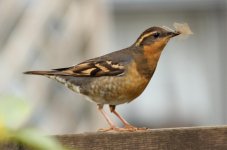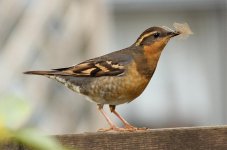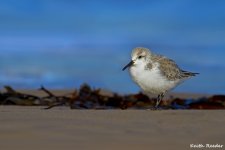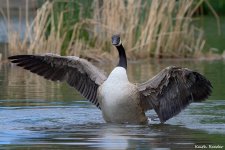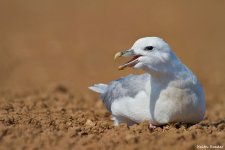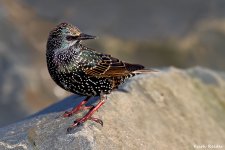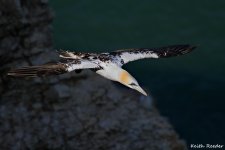bobmoose
Bob Moore
Hello,
I'm getting used to my new Canon 100-400 is L lens. I took this shot today. The sky was overcast and grey. I had 800 ISO/F5.7 @ 400mm and one stop overexposed. The best speed I could get was 128 sec. I sharpened in PS to get a clearer picture but was wondering if I could have gotten better results by simply going up to 1600 ISO and faster shutter speed. Noise VS blur? I'm using a Canon T2i. Is there really much difference in noise between 800ISO and 1600ISO.
I'm attaching two photos.
Thanks for your input.
Bob
I'm getting used to my new Canon 100-400 is L lens. I took this shot today. The sky was overcast and grey. I had 800 ISO/F5.7 @ 400mm and one stop overexposed. The best speed I could get was 128 sec. I sharpened in PS to get a clearer picture but was wondering if I could have gotten better results by simply going up to 1600 ISO and faster shutter speed. Noise VS blur? I'm using a Canon T2i. Is there really much difference in noise between 800ISO and 1600ISO.
I'm attaching two photos.
Thanks for your input.
Bob




